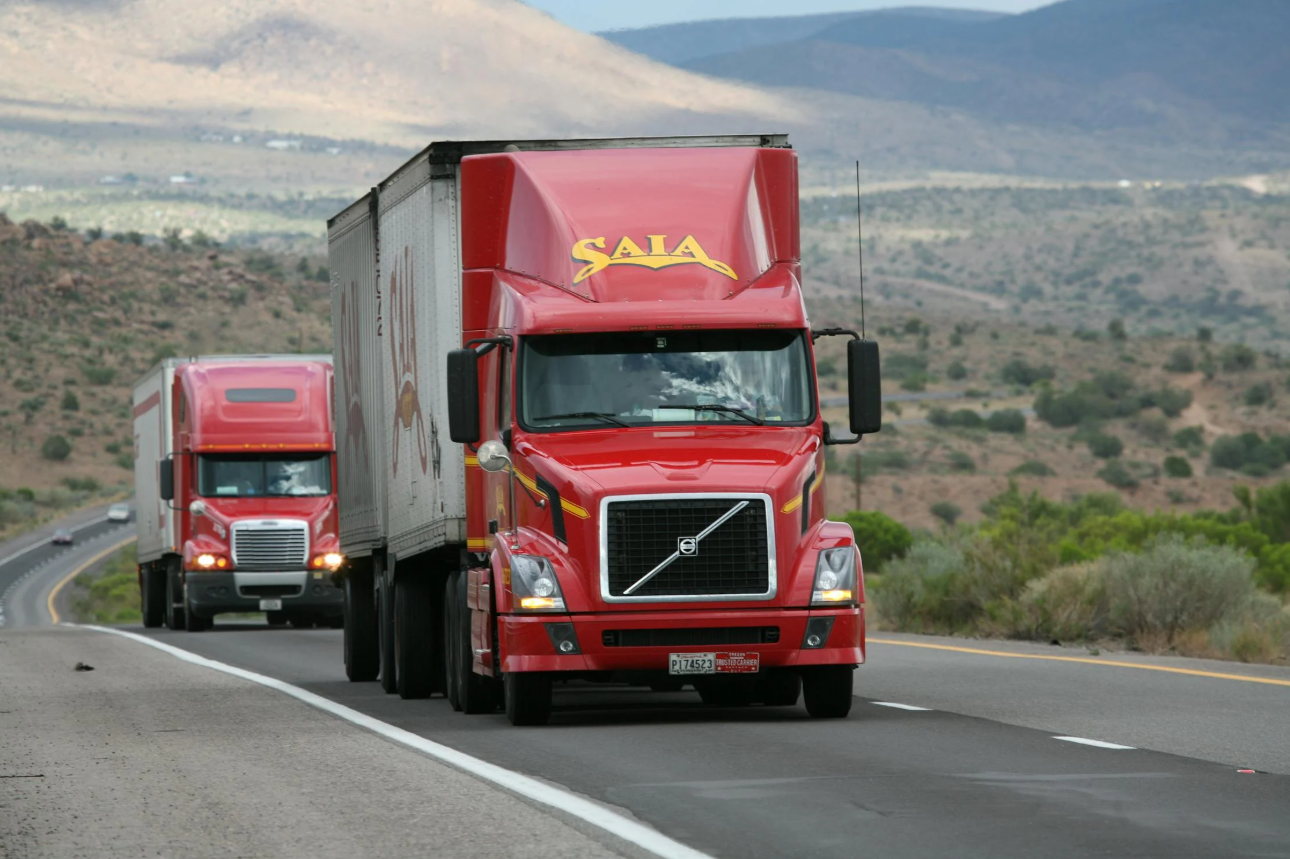
If there is any industry that is considered too hard to decarbonize, it’s the heavy-duty transportation sector. Think about it—massive trucks hauling goods across countries, buses running day and night, and fleets of delivery vehicles on tight schedules. It’s a tough sector to clean up.
But things took a sharp turn after the Paris Agreement was negotiated at COP21 a decade ago. Suddenly, the pressure was on to reduce emissions, even in industries once considered untouchable. So, the heavy-duty transportation industry had to start rethinking how it operates.
Gone are the days when sticking with diesel was the only way to keep things moving. Now, it’s all about finding greener alternatives—without driving up costs for businesses that rely on these vehicles.
That isn’t easy, however. Going green is expensive. So, how can the heavy-duty transport industry be made environmentally friendly and affordable? We’ll explore here.
There has been a lot of buzz around electric vehicles in the passenger car world. Of late, however, the spotlight has been shifting to heavy-duty transport.
Manufacturers like Volvo Group, Daimler AG, Traton Group, BYD, and Nikola Motor are electrifying commercial vehicles, informs EV Magazine.
Electric heavy-duty vehicles can slash emissions by a significant amount while improving efficiency. Battery-operated electric trucks, for instance, emit 63% less greenhouse gases than diesel.
The road to electrification isn’t without bumps, however. Many still see electric medium and heavy-duty vehicles as non-viable.
EV battery prices are plunging, states Autoblog. This is a concern for truck and bus buyers since more than half of purchasers rely on loans or leases. Shortage of EV charging stations is another challenge.
The fix? Developing more affordable chemistries and novel battery designs can make electric trucks more affordable. Moreover, governments and businesses must collaborate to build high-capacity EV charging infrastructure tailored for heavy-duty vehicles.
Not sold on batteries for heavy-duty transport? Hydrogen fuel is emerging as a promising solution. It’s especially appealing for long-haul trucking, where charging times become real hurdles.
Even with the existing compression technology, enough hydrogen fuel can be added to a regular-sized tank to cover the required distance. That’s what the MIT team found after conducting a detailed analysis of the hydrogen option.
One major issue with hydrogen fuel adoption is the cost, however. Green hydrogen is costly because of the high energy demands of electrolysis. Storing hydrogen is another big challenge hindering the wider adoption of hydrogen. Policy Circle explains that the low volumetric energy density of the fuel makes storage difficult.
Developing more efficient and cost-effective electrolyzer designs and building large-scale green hydrogen plants can make green hydrogen affordable.
As far as storage is concerned, a new field of reticular chemistry is being used to create crystalline structures to store hydrogen in solid-state. Such reticular materials include MOFs, COFs and HOFs.
Reticular materials feature huge internal surface areas that can store as well as release hydrogen molecules more safely and efficiently compared to traditional methods relying on compression or cryogenic liquefaction. H2MOF notes that reticular materials can adsorb large volumes of hydrogen in small amounts of material, thanks to their exceptional adsorption properties.
Adopting this new tech can help address the issues associated with hydrogen storage.
Transport collaboration is an effective way to decarbonize heavy-duty transport while optimizing costs.
In traditional operations, Supply Chain Brain explains that a company loads a truck once and then makes multiple stops to unload along the route. As the truck’s empty space increases, the route becomes less efficient.
Things are different in transportation collaboration, however. In that system, multiple businesses partner with a third party to create shared transit lanes where their supply chains align or overlap.
For example, a truck might leave a distribution center with goods, drop some off at a store, and then pick up shipments from another business nearby. That helps it utilize the newly available space. This collaborative network helps minimize the likelihood of trucks traveling with empty space on the highway.
So, how can collaborative freight transport be made affordable? Partnering with multiple businesses will allow for collective bargaining with carriers. Further, governments can offer tax breaks or subsidies to companies that participate in shared transport initiatives.
Until battery and hydrogen tech catch up, biofuels can play an important role.
These are fuels made from renewable sources like plant oils, waste, or even algae. Best of all? They can be used in existing diesel engines with minimal modifications.
Biofuels aren’t a perfect solution. There are concerns about land use and the true sustainability of some biofuel sources. However, as a transitional step, they can help reduce emissions in the short term without requiring massive overhauls of vehicle fleets.
Recently Biofuels International Magazine revealed that the UAE Cabinet approved the National Policy on Biofuels. The policy aims to support the country’s transition to clean and sustainable energy sources.
The Minister of Energy and Infrastructure, Suhail bin Mohammed Al Mazrouei, said that it will reduce carbon emissions by 20% by 2050.
Biofuels, however, can be made more sustainable and affordable if waste products are used to create them. Governments can further promote the adoption of biofuels by mandating blending requirements, where a certain percentage of biofuel is mixed with conventional diesel. This approach will allow fleets to transition gradually without requiring immediate, costly changes.
It’s certainly not easy to decarbonize the heavy-duty transportation sector. But it’s not impossible either.
A mix of solutions is the key to making the future of heavy-duty transport green. Of course, collaboration is important. Governments, companies, and communities need to work together to build the infrastructure and policies that make these shifts possible.
The initial investment may seem steep, but cleaner transport means lower costs, healthier communities, and a greener planet in the long run.